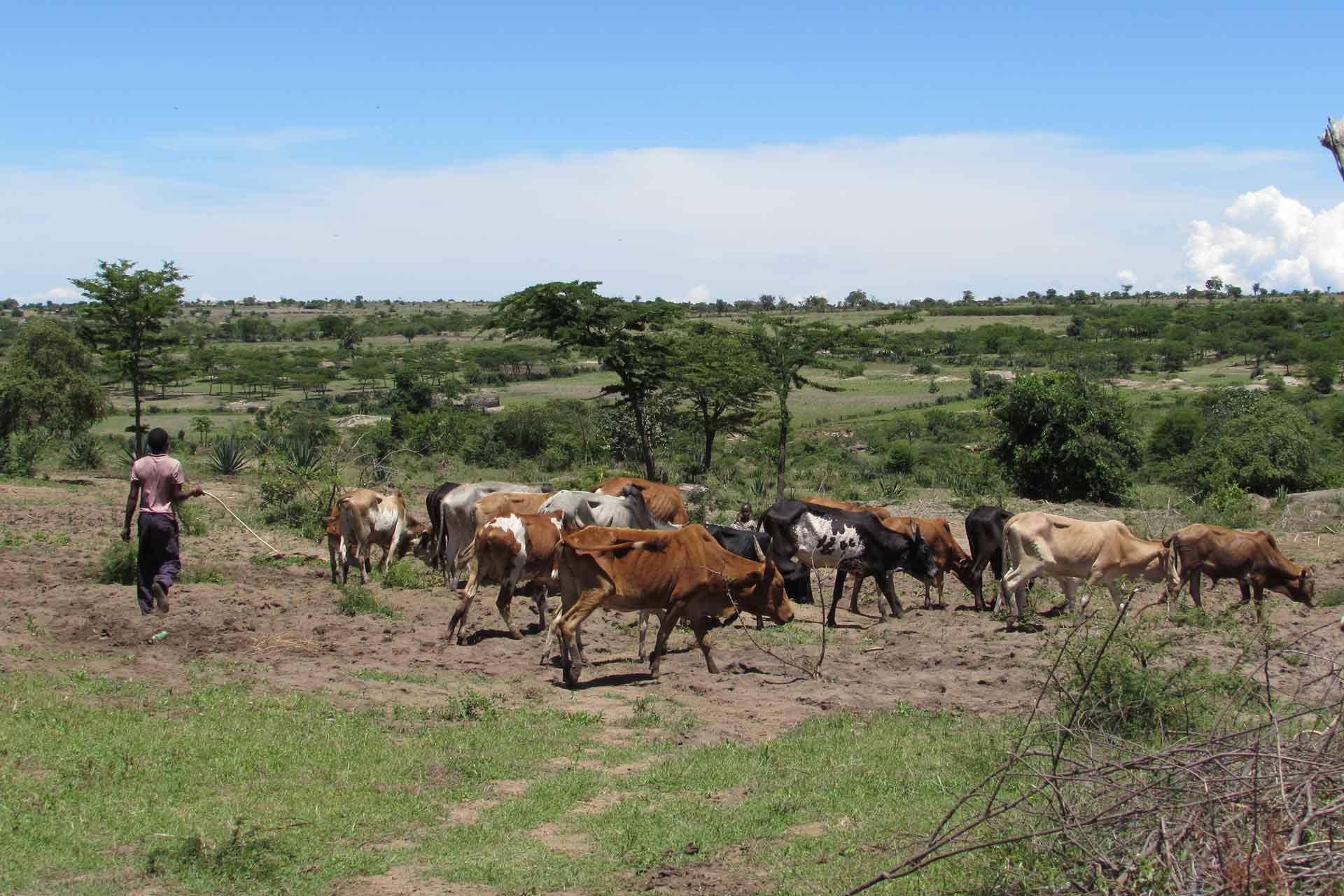Characterization of foot-and-mouth disease viruses in Zambia - implications for the epidemiology of the disease in Southern Africa
The livestock industry supports livelihood and nutritional security of at least 42% of people in the Southern African Development Community region. However, presence of animal diseases such as foot-and-mouth disease poses a major threat to the development of this industry. Samples collected from FMD outbreaks in Zambia during 2015–2020, comprising epithelial tissues samples (n = 47) and sera (n = 120), were analysed. FMD virus was serotyped in 26 samples, while 92 sera samples tested positive on NSP-ELISA. Phylogenetic analysis revealed notable changes in the epidemiology of FMD in Zambia, which included: (i) introduction of a novel FMDV SAT-3 (topotype II) causing FMD cases in cattle in Western Province; (ii) emergence of FMDV serotype O (topotype O/EA-2) in Central, Southern, Copperbelt, Western, Lusaka Provinces; and (iii) new outbreaks due to SAT -2 (topotypes I) in Eastern Zambia. Together, these data describe eight different epizootics that occurred in Zambia, four of which were outside the known FMD high-risk areas. This study highlights the complex epidemiology of FMD in Zambia, where the country represents an interface between East Africa (Pool 4) and Southern Africa (Pool 6). These changing viral dynamics have direct impacts on FMD vaccine selection in the SADC region.

